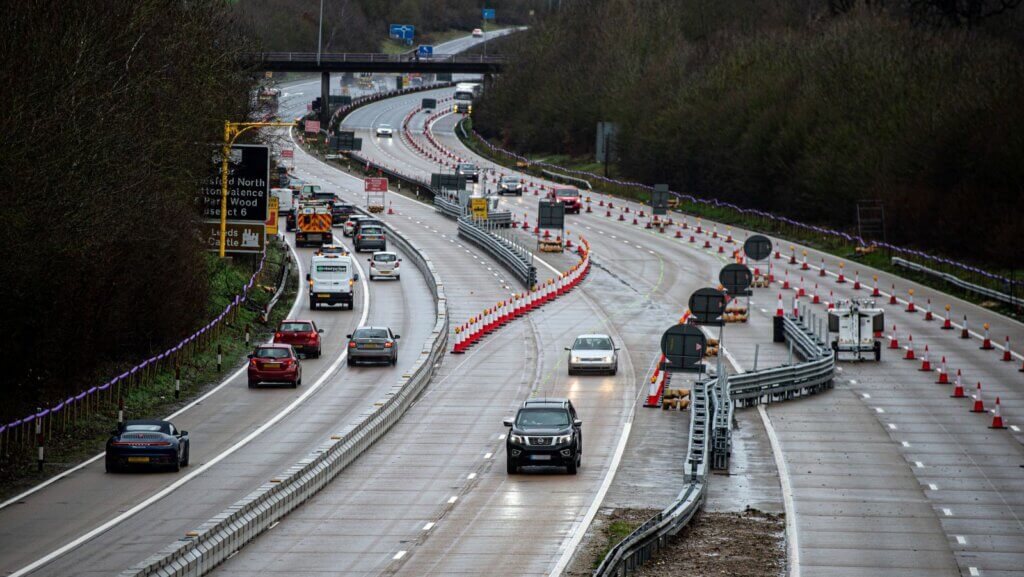The annual congestion cost on the UK’s Strategic Road Network for heavy goods vehicles (HGVs) has surged by nearly £1 billion since 2015, according to a new report by Logistics UK. The research, released as the government drafts its new infrastructure strategy, underscores the urgent need for sustained investment in the UK’s logistics network to improve efficiency and boost economic growth.
The report, The UK Logistics Network, developed with MDS Transmodal, maps out essential transport corridors and freight infrastructure. It shows how decades of underinvestment have led to a bottlenecked network, with critical congestion points impacting the entire economy.
Logistics UK’s findings were presented to government officials and MPs, urging the Treasury and the Department for Transport to formalise the UK Logistics Network within a 30-year infrastructure plan.
“Our new report serves as a starting point for a conversation between government and business on how to identify the UK Logistics Network and create a long-term vision that addresses strategic capacity challenges, while positioning the UK as a leading green economy,” said Logistics UK’s Chief Executive, David Wells.
The report highlights how critical routes are frequently strained by passenger transport, affecting freight’s efficiency on routes such as the West Coast Main Line, the Pennines, and roads around London and the Midlands. Oxford Economics, which contributed economic analysis to the report, estimates that with the right policies and infrastructure improvements, the UK could add up to £8 billion annually to its economy by 2030 through productivity-led growth.
The findings also stress the UK’s heavy reliance on road freight, which accounts for around 81% of domestic freight movement by weight. The congestion on major roads is reflected in data showing that logistics makes up almost one-third of all traffic, increasing to 47% on high-volume routes. Similarly, high-volume rail freight routes make up only 2% of the network but handle 15% of rail freight by tonne-kilometres.
While logistics leaders argue for more capacity, Logistics UK also points to operational efficiency improvements, such as rail speed enhancements. According to the report, if rail speeds were increased by 25%, the sector could see cost reductions of £40 million annually.









